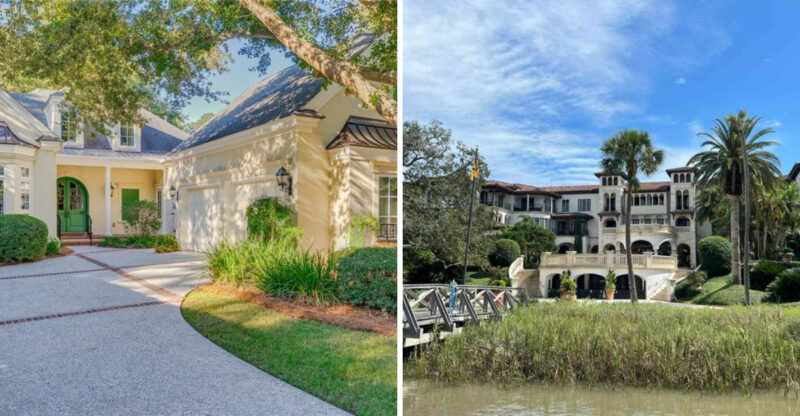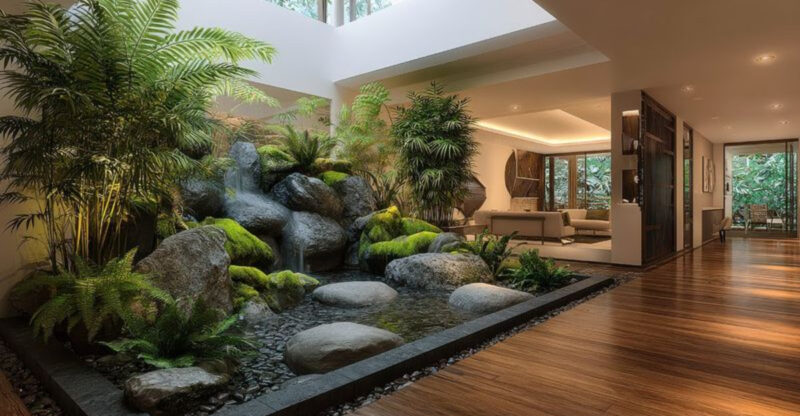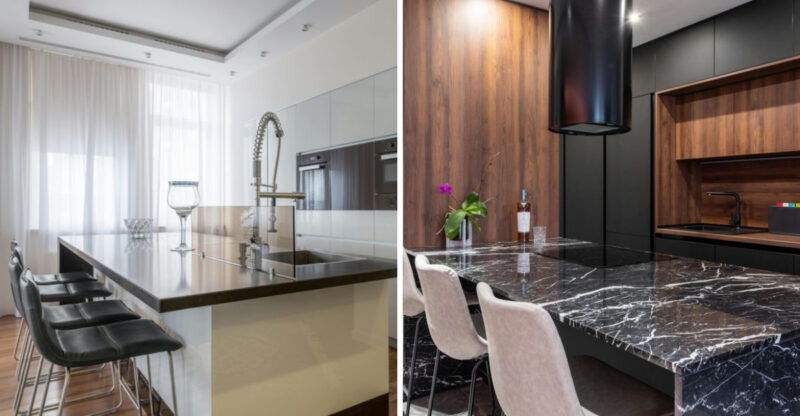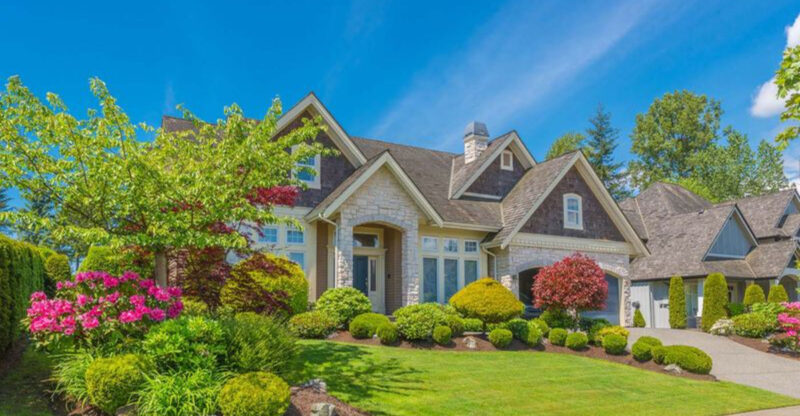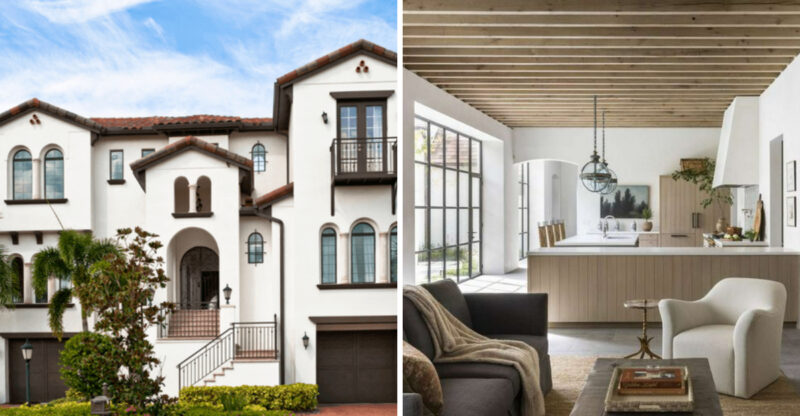Washington City Neighborhoods Worth Investing In Next Year
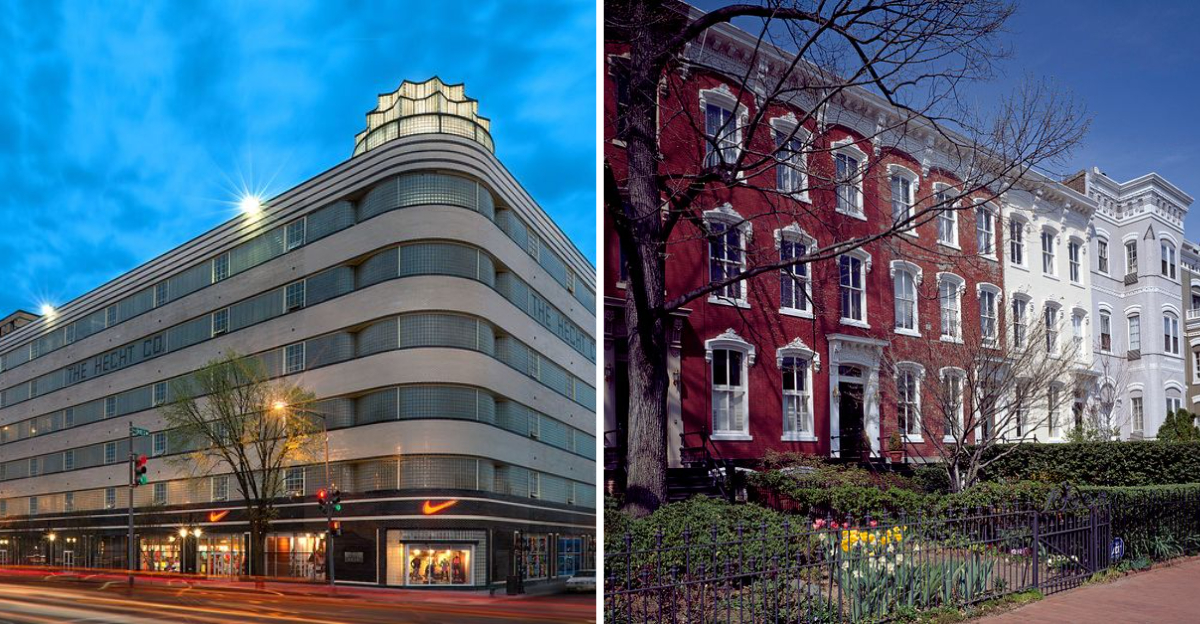
Looking to put your money into real estate in Washington? The capital city offers numerous neighborhoods with promising investment potential for the coming year.
I’ve researched areas showing signs of growth, development projects, and increasing property values. Whether you’re a first-time investor or expanding your portfolio, these Washington neighborhoods deserve your attention.
1. Navy Yard: Riverside Revival
Navy Yard’s transformation from industrial waterfront to vibrant urban hub makes it a top investment pick. The neighborhood continues to develop with new restaurants, retail spaces, and residential buildings popping up regularly.
Proximity to Nationals Park and Audi Field provides constant foot traffic and rental demand. The Yards Park and riverfront access offer residents beautiful outdoor spaces that boost property appeal. Average property values have increased 15% in the past two years, yet prices remain more accessible than established Northwest neighborhoods.
With the continued development of the Anacostia Riverwalk and upcoming mixed-use projects, Navy Yard shows no signs of slowing down.
2. Brookland: Arts District Ascending
Brookland has quietly become one of DC’s most charming neighborhoods. Its tree-lined streets filled with Craftsman-style homes create a small-town feel despite being just minutes from downtown on the Red Line.
The neighborhood’s heart is the Monroe Street Market, where local artists showcase their work in converted studio spaces. Catholic University anchors the area, providing steady rental demand from students and faculty.
Housing prices remain relatively affordable compared to similar neighborhoods west of Rock Creek Park. With its growing restaurant scene, weekend farmers market, and strong sense of community, Brookland appeals to both young professionals and families looking for space without sacrificing city convenience.
3. Eckington: Industrial Edge Goes Residential
Just north of NoMa, Eckington blends industrial history with modern development. This former manufacturing hub now attracts young professionals seeking more affordable options near downtown.
The Eckington Yards project has transformed the neighborhood with new apartments, townhomes, and retail spaces. Metropolitan Branch Trail provides residents with easy bike access throughout the city, while the nearby Rhode Island Avenue Metro station offers quick commutes.
Row houses here sell for significantly less than similar properties in Shaw or Bloomingdale. With RIA NE development bringing additional retail and the planned McMillan Reservoir redevelopment nearby, Eckington sits perfectly positioned for growth while maintaining its distinctive character and industrial aesthetic.
4. Petworth: Family-Friendly Value
Petworth continues to offer some of DC’s best value for homebuyers and investors. The predominantly residential neighborhood features beautiful row houses, many with porches and yards that appeal to families.
Upshur Street forms the commercial heart with independent businesses like Petworth Citizen bookstore and Reading Room creating community anchors. The recently renovated Roosevelt High School and modernized library have improved neighborhood amenities considerably. Home prices have steadily appreciated but remain more affordable than neighboring Columbia Heights.
With excellent transit options including the Georgia Avenue-Petworth Metro station and multiple bus lines, residents enjoy easy access to downtown jobs while living in a quieter, more spacious environment.
5. Hill East: Capitol Hill’s Eastern Expansion
Hill East benefits from proximity to Capitol Hill’s popularity while offering more attainable prices. This residential pocket between Congressional Cemetery and RFK Stadium features charming row houses and a strong community feel.
The Reservation 13 development plan promises to transform the area with new housing, retail, and public spaces. Stadium Armory Metro station provides convenient access to multiple lines, while Eastern Market and Barracks Row dining options sit within walking distance. Properties here typically sell for 15-20% less than comparable homes in central Capitol Hill.
As development continues along Pennsylvania Avenue SE and the Anacostia waterfront, Hill East represents a solid investment with strong appreciation potential while maintaining the historic character that makes Capitol Hill so desirable.
6. Deanwood: Northeast’s Hidden Gem
Deanwood offers some of DC’s most affordable single-family homes with yards a rarity within city limits. This historically significant African American neighborhood maintains strong community ties while welcoming new residents.
The recently renovated Deanwood Recreation Center provides exceptional community facilities including a pool, fitness center, and library. Housing stock includes detached homes with generous lots alongside more modest row houses, offering diverse price points for investors. Metro access via the Orange Line and proximity to the revitalizing Minnesota Avenue corridor enhance the neighborhood’s appeal.
With median home prices still under $400,000 and significant investment coming to nearby Kenilworth Avenue and the Anacostia River cleanup project, Deanwood presents an opportunity for substantial appreciation in coming years.
7. Edgewood: Central Location, Reasonable Prices
Edgewood sits at a geographic sweet spot between trendy Bloomingdale and rapidly developing Brookland. The neighborhood offers a mix of row houses, small apartment buildings, and new construction at prices that remain relatively reasonable for central DC.
Rhode Island Avenue Metro station anchors the area, providing Red Line access to downtown and beyond. The Metropolitan Branch Trail runs through the neighborhood, offering car-free commuting options for cyclists. Bryant Street development has brought new energy with restaurants and retail spaces opening regularly.
Housing costs approximately 20% less than similar properties in adjacent Bloomingdale while offering the same central location and architectural charm. With Rhode Island Avenue continuing to develop and the nearby Brookland-Edgewood Main Street program supporting local businesses, Edgewood promises strong investment potential.
8. Congress Heights: Southeast’s Rising Star
Congress Heights stands at the forefront of Southeast DC’s revitalization. The neighborhood benefits from major investments including the Entertainment and Sports Arena and the ongoing St. Elizabeths East Campus development.
Housing remains remarkably affordable with single-family homes available at a fraction of Northwest prices. The Congress Heights Metro station provides Green Line access to downtown jobs, while the upcoming 11th Street Bridge Park will create an iconic connection to Capitol Hill and Navy Yard.
Commercial development along Martin Luther King Jr. Avenue has accelerated, bringing new amenities to residents. With the DC government relocating offices to the area and continued investment in infrastructure improvements, Congress Heights offers investors a rare opportunity to enter a neighborhood with substantial growth potential while supporting equitable development.
9. Ivy City: Warehouse District Transformation
Ivy City exemplifies successful industrial conversion in Northeast DC. Former warehouses and manufacturing buildings now house distilleries, restaurants, and creative businesses that have energized this once-overlooked neighborhood.
The Hecht Warehouse redevelopment anchors the area with apartments and retail including Nike, Planet Fitness, and MOM’s Organic Market. Housing options range from converted industrial spaces to new townhome developments, offering diverse entry points for investors. Though lacking its own Metro station, the neighborhood sits just minutes from Union Market, NoMa, and H Street corridors.
With New York Avenue undergoing improvements and additional mixed-use projects in the pipeline, Ivy City continues to evolve from industrial backwater to vibrant urban neighborhood while maintaining its distinctive industrial character and history.
10. Kingman Park: Riverside Potential
Kingman Park offers a prime location between H Street Corridor and the Anacostia River. This established neighborhood features row houses and small apartment buildings with prices more moderate than nearby Capitol Hill.
Kingman Island and the expansive fields of RFK Stadium provide abundant green space rarely found so close to downtown. The DC Streetcar connects residents to Union Station, while the Anacostia Riverwalk Trail offers scenic recreation opportunities. Recent zoning changes and the planned redevelopment of the RFK Stadium site promise to enhance the neighborhood significantly.
With median home prices approximately 30% below Capitol Hill proper and ongoing improvements to Benning Road, Kingman Park presents excellent value for investors seeking established neighborhoods with growth potential driven by waterfront development and transit improvements.
11. Brightwood: Northwest Value Play
Brightwood delivers the benefits of Northwest DC at more approachable prices. The neighborhood offers predominantly single-family homes and row houses in a quieter, more residential setting than downtown neighborhoods.
Georgia Avenue serves as the commercial spine with local businesses and community institutions creating a strong neighborhood identity. Fort Stevens Park and Rock Creek Park provide exceptional green space and recreational opportunities for residents. Housing costs approximately 40% less than similar properties in Petworth or Takoma.
With excellent bus service along 16th Street and Georgia Avenue providing direct downtown access, Brightwood appeals to families and professionals seeking space without sacrificing city convenience. The ongoing redevelopment of Walter Reed and improvements to Upper Georgia Avenue promise to enhance amenities while maintaining the neighborhood’s residential character.
12. Fort Totten: Transit Hub Development
Fort Totten’s exceptional transit access makes it increasingly attractive to investors and residents alike. The neighborhood’s Metro station serves three lines (Red, Green, Yellow), providing unmatched connectivity throughout the city.
The Art Place at Fort Totten development has brought new apartments, retail, and a children’s museum to the area. Housing options include both established garden apartments and newer townhome developments at prices significantly below similar transit-oriented neighborhoods. Fort Totten Park offers substantial green space within the neighborhood boundaries.
With continued development along Riggs Road and South Dakota Avenue, including additional mixed-use projects in the pipeline, Fort Totten represents an opportunity to invest in a transit hub with growing amenities and services while prices remain reasonable compared to similar neighborhoods like NoMa or Columbia Heights.
13. Carver-Langston: Northeast’s Next Frontier
Carver-Langston sits perfectly positioned between the established H Street Corridor and developing Benning Road. This predominantly residential neighborhood features modest row houses and small apartment buildings at prices significantly below nearby Trinidad and Kingman Park.
The Hechinger Mall site redevelopment promises to transform the area with new housing, retail, and community spaces. Langston Golf Course provides unexpected green space and recreation opportunities within city limits. Housing costs remain among the most affordable in Northeast DC for properties within two miles of Union Station.
With the DC Streetcar providing direct access to H Street’s restaurants and nightlife, plus planned improvements to Benning Road transit, Carver-Langston offers investors an opportunity to enter a neighborhood on the cusp of transformation while supporting equitable development in a historically significant community.
14. Michigan Park: Residential Enclave
Michigan Park offers a suburban feel within District boundaries. This quiet residential neighborhood features detached homes with yards, mature trees, and a strong sense of community rarely found so close to downtown. Catholic University and the Franciscan Monastery provide beautiful green spaces and cultural institutions that enhance neighborhood character.
The Fort Totten Metro station sits within walking distance of much of the neighborhood, providing excellent transit access. Housing prices average 25% less than similar properties in Brookland despite the neighborhoods sharing many amenities.
With 12th Street developing as a small commercial corridor and the nearby Artplace at Fort Totten bringing additional retail options, Michigan Park combines residential tranquility with increasing urban conveniences. For investors seeking stable neighborhoods with solid appreciation potential, Michigan Park offers an excellent balance of value and livability.
15. Brentwood: NoMa’s Northern Extension
Brentwood benefits from its location adjacent to rapidly developing NoMa while maintaining more affordable housing options. The neighborhood features a mix of row houses, small apartment buildings, and new construction with excellent transit connectivity. Rhode Island Avenue Metro station provides Red Line access, while the Metropolitan Branch Trail offers bike commuters a direct route downtown.
The Rhode Island Avenue shopping center redevelopment will bring significant new housing and retail to the area. Housing prices average 30% below NoMa proper for similar property types. With Union Market just minutes away and major employers like Gallaudet University nearby, rental demand remains strong.
As development continues to move northeast from Union Market and NoMa, Brentwood represents an opportunity to invest in a neighborhood benefiting from proximity to established high-value areas while maintaining its own distinct character and affordability.

